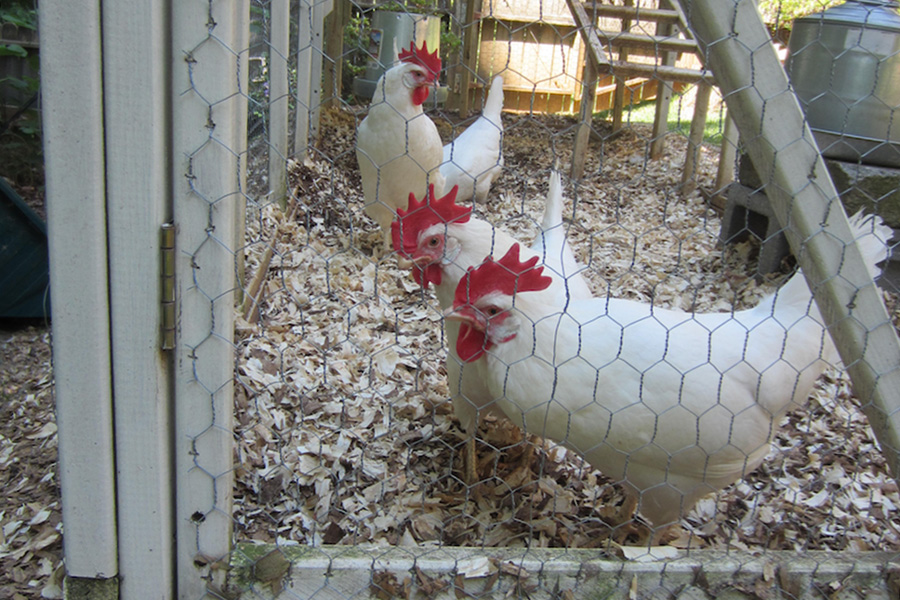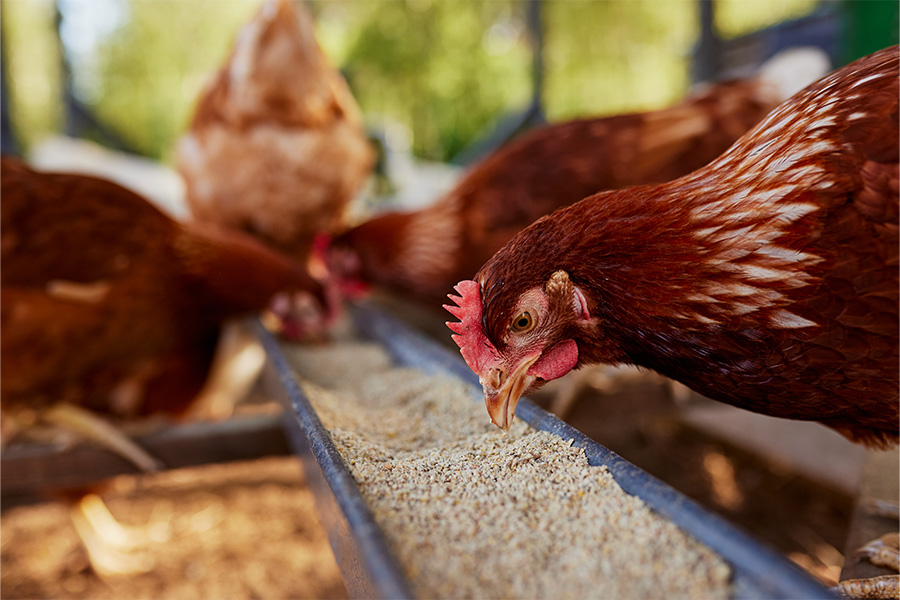Poultry Science
-

Georgia poultry farmers are among the best in the world at growing chickens using state of the art technology, housing systems, and best management practices. To protect this vital business for Georgia farmers, it is important that agricultural zoning ordinances be prudently devised and factually based.
Dan L. Cunningham and Casey W. Ritz
|
-

One of the most important components of a zoning ordinance for poultry farms relates to the set-back distance required for the location of poultry production houses. It is important that set-back requirements for poultry houses be based on facts rather than emotions.
Dan L. Cunningham and Casey W. Ritz
|
-

For most people a complete understanding of the standard methods required to accurately complete critical wastewater analytical tests is not necessary. However, a fundamental understanding of the theory behind and working knowledge of the basic procedures used for each test, and the answers to commonly asked questions about each test can be a valuable tool for anyone involved in generating, monitoring, treating or discharging process wastewater.
Brian H Kiepper
|
-

Feather coverage is important for both thermoregulation and disease prevention. Because feathers are made of protein, there are obvious nutritional factors that affect feather coverage in high yield broiler breeds. This publication summarizes the importance and structure of the feather and the feed-related factors that impact feather coverage.
Justin Fowler
|
-

Your coop is ready. You’ve built a covered run or exercise yard to keep your chickens safe from predators and wild birds that carry diseases. Your chicks are old enough to move outside, and you’re eagerly awaiting your first fresh eggs.
In the meantime, your chickens are producing something else on a daily basis: manure. How do you handle all of that poultry poop so that your neighbors don’t complain about the smell and the flies?
One good answer is composting. Properly composted poultry litter—manure mixed with bedding material, such as pine shavings—is a valuable soil amendment. However, just as it takes care and management to get your chickens into laying condition, it takes care and management to compost the litter from poultry housing environments.
Casey W. Ritz and Heather Kolich
|
-

Providing the right nutrition for your chickens means ensuring that what they eat supplies all of the essential amino acids, fatty acids, carbohydrates, vitamins, minerals, and water that they will need to produce the meat or eggs you hope to collect. This publication provides an overview of what you should look for when choosing poultry feed and how to choose a diet that is appropriate for various types of poultry.
Justin Fowler
|
-

There are a number of different poultry production systems available today, and consumers commonly confuse organic poultry production with other systems. Pasture-raised poultry and natural poultry are not organically produced, as they do not meet all or any of the standards set by the National Organic Program, which regulates and certifies production systems as “organic.” Consumers should be aware of the differences between each of the poultry production systems as they purchase poultry products.
Claudia Dunkley
|
-

Amino acids are essential building blocks of proteins and are obtained from plant and animal products. Some amino acids can be synthesized by the chicken, while others (essential amino acids) must be supplied in the diet. In organic poultry production, the sources of these essential amino acids must be organic. This publication compares the amino acid content, digestibility, and availability of organic soybean meal with conventional soybean meal.
Sammy E. Aggrey, Claudia Dunkley, and Justin Fowler
|
-

Egg production is the same for each hen whether a farm is producing on a small or large scale. There are a number of egg abnormalities that can occur, and some of these can impact egg quality and reduce the egg’s grade based on USDA standards. Abnormalities may be a result of poor management, disease, nutritional deficiencies, or the age of the birds. This publication covers a dozen of the most common abnormalities to help producers of any size better manage their flocks.
Claudia Dunkley
|